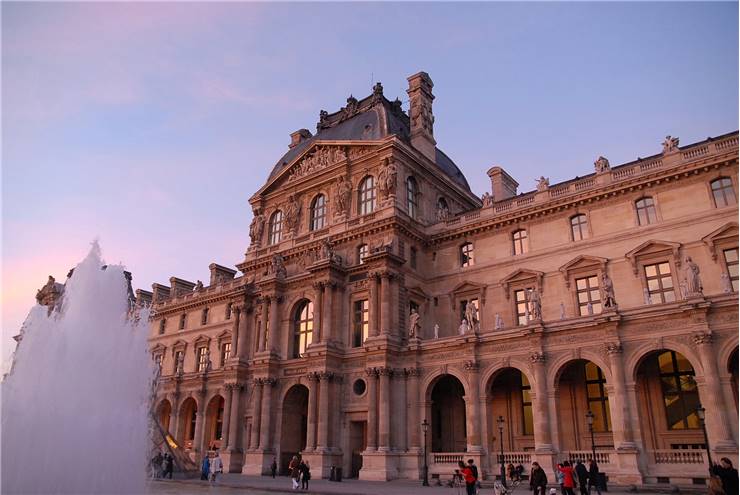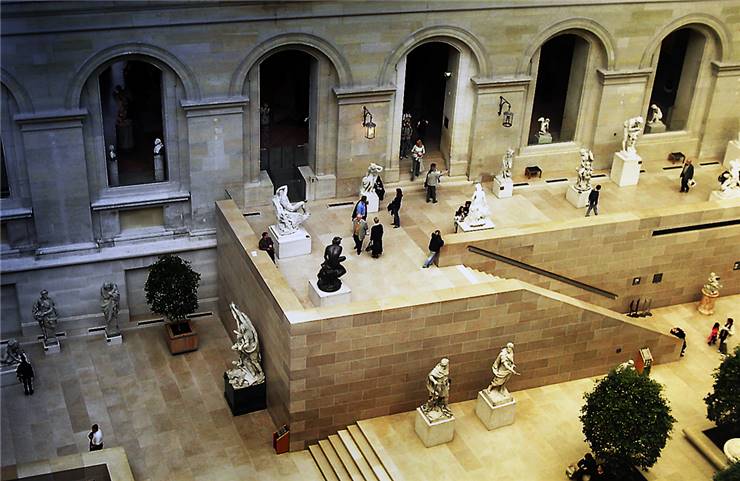Louvre Museum - History and Facts
Besides Eiffel Tower and Arc de Triomphe, The Louvre is one of the landmarks of Paris. It is placed on the right bank of the Seine in the 1st arrondissement. The collection of The Louvre counts close to 380000 objects; it is one of the largest museums in the world and the most popular museum in the world, with more than 9 million visitors per year.
The Louvre is located in the Louvre Palace, built as a fortress on the order of Philip II in the 12th century. When in 1682, Louis XIV chose to move into the Palace of Versailles, he left The Louvre as a place where the royal collection would be displayed. The same year Académie occupied The Louvre and stayed there for 100 years. When the French Revolution started, National Assembly decided that The Louvre should be a museum. The museum was opened on 10 August 1793, and an exhibition had 537 paintings, mostly confiscated royal and church property. Some structural problems with the construction of The Louvre caused the museum to be closed from 1796 until 1801. When Napoleon came to power museum changed its name to Musée Napoléon, and the collection started to grow because of his conquering. When he was lost at Waterloo, many objects were returned to the countries of origin. The collection grew by 20000 pieces during the Second French Empire and continues to grow to this day.

Museum has curatorial departments, and these are some of them:
Egyptian antiquities have some 50000 items from 4000 BC to 400 AD. The department was created after the translation of the Rosetta Stone by Jean-François Champollion. The collection occupies some 20 rooms, and in them are, among others, The Seated Scribe, Large Sphinx, and Gebel el-Arak Knife.
Near Eastern antiquities date from 1881 and represents an overview of Near Eastern civilizations before the arrival of Islam. It holds such artifacts as the Stele of the Vultures monument, the 2.25-metre Code of Hammurabi, and Archers of Darius I.
Greek, Etruscan, and Roman department feature items from Mediterranean Basin that date from Neolith to the 6th century. Some of the artifacts in this department are Venus de Milo, Borghese Vase, and Lady of Auxerre.
Islamic art is the newest department and has more than 5,000 works: ceramic, wood, glass, and ivory items. Some are Pyxide deal-Mughira, Baptistery of Saint-Louis, and Shroud of Saint Josse.
Sculpture department’s collection consists of sculptures older than 1850 but not Greek, Etruscan, or Roman. This department has two exhibition spaces: the collection of works made by French authors is in the Richelieu wing, while works of foreign authors are in the Denon wing.
Painting department has a collection of 7500 paintings from the 13th century to 1848. Some paintings originate from the royal collection, some are from Napoleon’s time, and some are bought. Among others, Raphael’s and Michelangelo’s paintings, Leonardo da Vinci’s Mona Lisa, and many more of his work.


